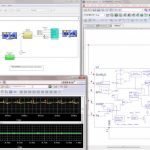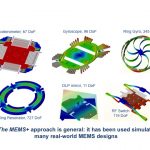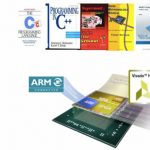You are currently viewing SemiWiki as a guest which gives you limited access to the site. To view blog comments and experience other SemiWiki features you must be a registered member. Registration is fast, simple, and absolutely free so please,
join our community today!
Dan is joined by Cristian Macario, senior technical professional at MathWorks, where he leads global strategy for the semiconductor segment. With a background in electronics engineering and over 15 years of experience spanning semiconductor design, verification, and strategic marketing, Cristian bridges engineering … Read More
Several years ago a former EDA co-worker went to work for MathWorks, so I started paying a lot more attention to this privately held company that is well known for the MATLAB language and analysis environment. Engineers at MathWorks have created a graphical environment called Simulink for both simulation and model-based design… Read More
One of the things about MEMS devices is that they almost always live on a chip that also contains the electronics necessary to process the output from the sensor. For example, an on-chip accelerometer for a car airbag deployment will contain the electronics necessary to process the signal from the sensor and end up with something… Read More
By I-o-P, I mean Internet-of-People- I couldn’t think of anything better than this to describe a technology which becomes your custodian for everything you do; you may consider it as your good companion through life or an invariably controlling spy. This is obvious with the embedded sensor techno-products such as Kolibree, a … Read More
In the modern electronic world, it’s difficult to imagine any system working as a whole without MEMS (Micro-electromechanical Systems) such as pressure sensors, accelerometers, gyroscopes, microphones etc. working in sync with other ICs. Specifically in AMS (Analog Mixed-Signal) semiconductor designs, there can be significant… Read More
Tom Feist of Xilinx presented here at the GlobalPress Electronics Summit about their strategy to take design abstraction up another level. In the SoC world, we are still pretty much stuck at the RTL level and have moved to higher abstractions by using an IP strategy. But at least all IC designers are RTL-literate.
Xilinx, in the Vivado… Read More






